Buy Rembrandt van Rijn The Ship of Fortune, 1633, ets as a reproduction on canvas, ArtFrame, poster and wallpaper, printed on demand in high quality.
About "Rembrandt van Rijn The Ship of Fortune, 1633, ets"
About the artwork
Rembrandt van Rijn (Dutch, 1606 - 1669), The Ship of Fortune, 1633, etching . Of what Rembrandt really was we can know but little except through his paintings, his etchings, his drawings. His extreme absorption in work, which during his good days was a happiness and during his bad days a relief, separated him as a great worker, little known to the men of his day, in such a way at least as we might have fairly expected. Now, at length, we know all the ordinary facts of his life, the legends have melted away, and we can follow year by year the quiet accomplishment of his enormous tasks. Whatever of make- believe romance has faded, the real Rembrandt is still a poetic character from the very simplicity of his life, and the feeling we have of an interior one that fills his work and is only known thereby. His fame has increased year by year to such an extent that he represents in the story of the world a great part of the value of that native land which did not understand him. No one has been to Holland but has felt the importance of his name, and his memory pervades the cities in which he some- what obscurely worked. Rembrandt was born at Leyden, by a branch of the Rhine, whose name his father had taken, and from which he gets his full name of Rembrandt van Rijn. His father's name was Harmen. Hence his other name of Harmensz.
HISTORY OF THE REMBRANDT ETCHINGS
We have seen how Rembrandt the painter, after having risen to the foremost place among his fellow-cra
Old Master collections
Discover more Old Masters in the following collections:
 Netherlands
Netherlands Ordered in March 2020
Ordered in March 2020
 Netherlands
Netherlands Ordered in July 2017
Ordered in July 2017
 Germany
Germany Ordered in October 2020
Ordered in October 2020
 Germany
Germany Ordered in December 2019
Ordered in December 2019
 Germany
Germany Ordered in February 2021
Ordered in February 2021
 Netherlands
Netherlands Ordered in September 2025
Ordered in September 2025
 Germany
Germany Ordered in April 2022
Ordered in April 2022
 Germany
Germany Ordered in October 2021
Ordered in October 2021
 Netherlands
Netherlands Ordered in June 2019
Ordered in June 2019
 Germany
Germany Ordered in April 2020
Ordered in April 2020
 Netherlands
Netherlands Ordered in April 2019
Ordered in April 2019

 Germany
Germany Ordered in April 2021
Ordered in April 2021
About the material
ArtFrame™
Interchangeable Art Prints
- High-quality print
- Easily interchangeable
- Acoustic function
- Large sizes available
Discover the Old Masters collection
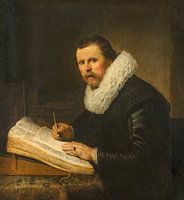 Portrait of a man with collar, Rembrandt
Portrait of a man with collar, Rembrandt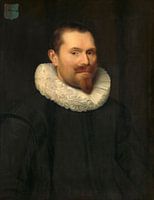 Portrait of a man, anonymous - 1633
Portrait of a man, anonymous - 1633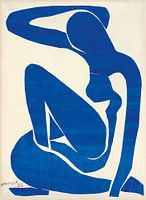 Henri Matisse. Blue nude
Henri Matisse. Blue nude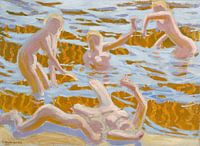 Oceanides, Akseli Gallen-Kallela
Oceanides, Akseli Gallen-Kallela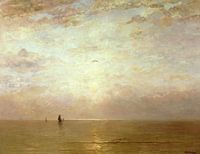 Sunset, Hendrik Willem Mesdag
Sunset, Hendrik Willem Mesdag Self-portrait, Adriaen van de Venne
Self-portrait, Adriaen van de Venne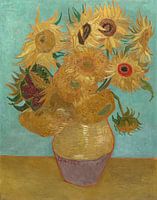 Vincent van Gogh. Sunflowers
Vincent van Gogh. Sunflowers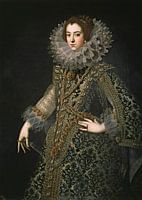 Queen Elizabeth of Bourbon
Queen Elizabeth of Bourbon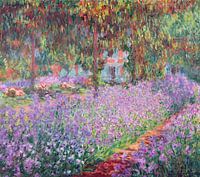 The Artist's Garden at Giverny, Claude Monet
The Artist's Garden at Giverny, Claude Monet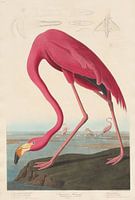 American Flamingo, original
American Flamingo, original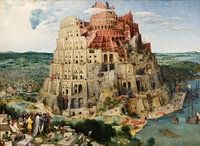 The Tower of Babel, Pieter Bruegel
The Tower of Babel, Pieter Bruegel Bouquet of flowers on white background (seen at VT Wonen)
Bouquet of flowers on white background (seen at VT Wonen)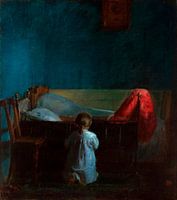 Evening prayers, Anna Ancher
Evening prayers, Anna Ancher Two little girls carrying a basket - Jozef Israels
Two little girls carrying a basket - Jozef Israels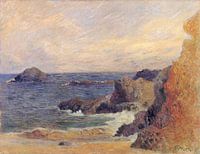 Rocks by the sea, Paul Gauguin - 1886
Rocks by the sea, Paul Gauguin - 1886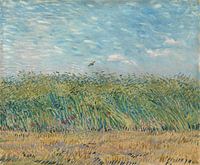 Vincent van Gogh, Cornfield with partridge
Vincent van Gogh, Cornfield with partridge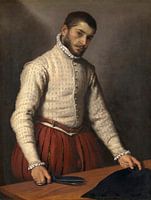 The Tailor, Giovanni Battista Moroni
The Tailor, Giovanni Battista Moroni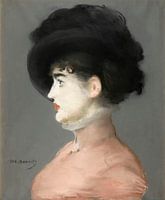 Irma Brunner, Édouard Manet
Irma Brunner, Édouard Manet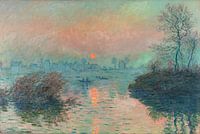 Sunset on the Seine at Lavacourt, Claude Monet
Sunset on the Seine at Lavacourt, Claude Monet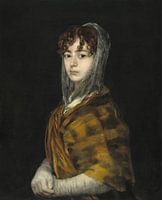 Francisca Sabasa y Garcia - Portrait woman old master of Francisco Goya
Francisca Sabasa y Garcia - Portrait woman old master of Francisco Goya
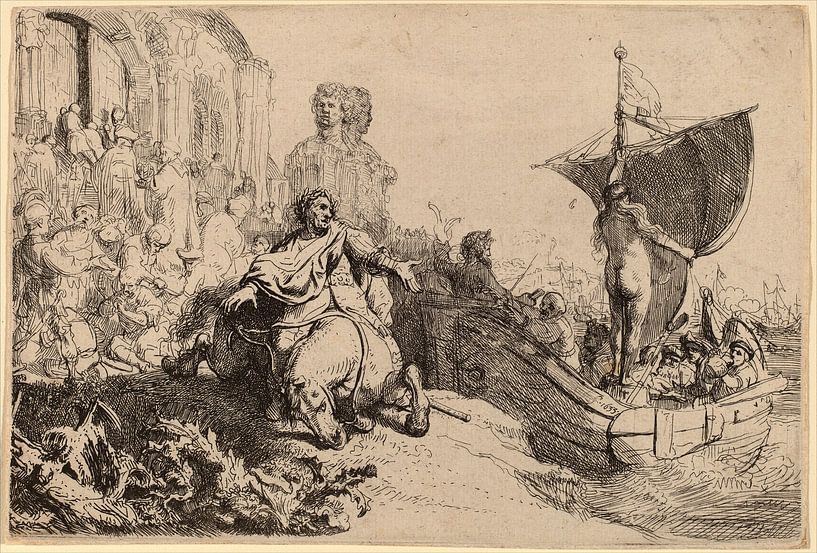

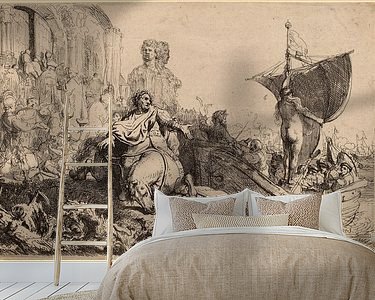










 Boats & Ships
Boats & Ships Golden Age
Golden Age Graphics
Graphics Old masters
Old masters Rembrandt van Rijn
Rembrandt van Rijn









